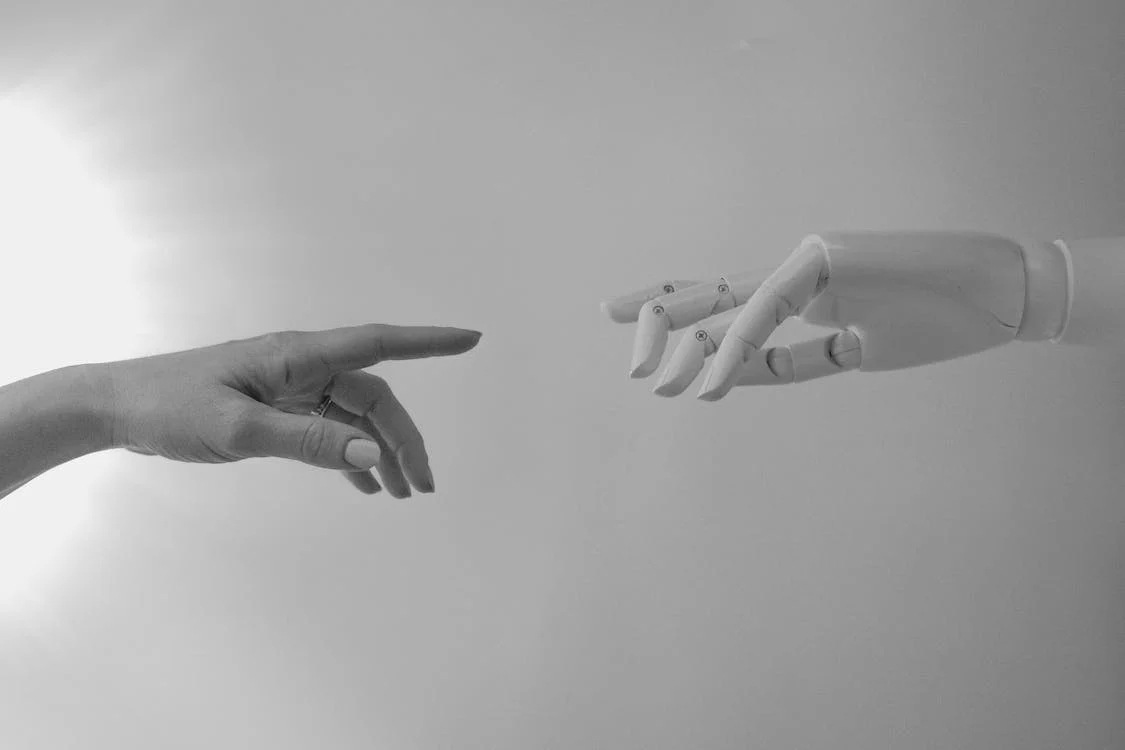The world increasingly relies on Artificial Intelligence (AI) and Data to make decisions. But what happens when these systems are biased?
Bias in data and AI can have far-reaching outcomes, from affecting what products we buy to how we get a sentence in court.
Here, we explore the issue of bias in artificial intelligence. Finally, we will discuss the ways to avoid or reduce bias in AI systems.
What is a Bias?
On a technical aspect, bias is a systematic error in processing data that leads to inaccurate conclusions.
Technology is a powerful tool for good, but it is essential to know how bias can sneak into its design and implementation.
There are several ways that biases can creep into technology.
By getting aware of the potential sources of bias, we can work to reduce them and create more fair and equitable systems.
What’s AI bias, and how does it happen?
When it comes to artificial intelligence, we often think of it as an unbiased power that can aid us in making better decisions. But, the reality is that AI is often just as biased as the humans who create it.
In artificial intelligence, bias includes prejudicial or inaccurate information in algorithms, models or data sets that can lead to wrong conclusions.
Data bias can occur when the data fed to train an AI system does not represent the real world.
For example, if an AI system trains primarily on male data, it may be biased against females.
Algorithmic bias can occur when the algorithms used by an AI system are designed unfairly.
For instance, Microsoft released a chatbot called Tay on Twitter in 2016, but within 24 hours, Tay got corrupted by sexist and racist trolls and began spewing offensive tweets.
This event highlights how easily algorithmic bias can occur and how crucial it is to design AI mechanisms with care.
Human bias can occur when the individuals who build, design, and use an AI system have subjective biases, which may appear in the finished product.
For example, in 2016, a study found that two highly used commercial facial recognition systems better identified white men than dark-skinned women. Thus, reflecting a case of Gender and Racial Bias!
Simply put, AI systems will be biased if already biased data or people train them.
Why is AI bias a problem?
Bias in AI and data can have harmful consequences for people and society. It ranges from discrimination and unfairness against specific groups to incorrect results that could have serious real-world consequences.
For example, if an AI hiring system trains on resumes heavily skewed towards male applicants, it may inadvertently discriminate against female applicants.
Social bias occurs when data sets that train machine learning algorithms consist of more information about people from higher social classes than those from lower social classes.
Moreover, biased AI systems can lead to faulty decision-making and inaccurate predictions in critical fields such as finance, healthcare and law enforcement.
How to curb AI bias?
To address the AI bias problem, it is essential to understand its origin. Once the source is identified, steps can be taken to mitigate AI bias.
Some of the ways to get rid of bias in AI are:
- Increase the data that is used to train AI systems. It will help reduce the chances of modelling errors and allow the system to learn from a broader range of data, which will help reduce biases.
- Use different types of algorithms for different data. This will ensure that every kind of data is processed in the most effective manner possible, which will further help reduce biases.
- Use cross-validation when training the artificial intelligence system. This technique can reduce the chances of overfitting further and give an improved estimate of its performance.
- Pre-process data before feeding it into the AI system. This step can help to remove further any undesirable biases that may be there in the data.
- Evaluate the AI system frequently and look for any bias signs. If you find any evidence, then take steps to fix it.
Why does Ethical AI matter?
When it comes to AI, the ethics debate is often put down to the sidelines, but it is a crucial issue that deserves our attention. Why?
Here’re the three main reasons:
First, AI is increasingly used in making decisions that can significantly impact people’s lives. AI determines who gets approved for loans, gets called for job interviews, and even gets released from prison.
For instance,
Second, AI is often non-transparent in its decision-making process. This can lead to bias, unfairness, and a lack of accountability when things go wrong.
Third, AI is becoming more ubiquitous and powerful. As AI improves at responding and understanding the world around us, its ability continues to increase. This raises concerns about the potential for misuse and abuse of AI technologies.
Conclusion
Thus, the bottom line is that the subject of ethical AI matters because it can impact people’s lives to a significant extent. As AI becomes more omnipresent, we must proactively address AI biases and build trust between humans and machines.
hirex.ai, a no-code voice AI platform for level-one interviews, uses ethical AI principles to effectively counter Human Bias while hiring candidates. Its algorithm screens several job applications based on the skill set of the candidate and not their gender or race.
So, by using hirex.ai for talent acquisition, companies can rest assured that they are investing in the right service and taking a step towards promoting an ethically AI-driven world.
Please visit www.hirex.ai or email us at connect@hirex.ai for more information.

No responses yet